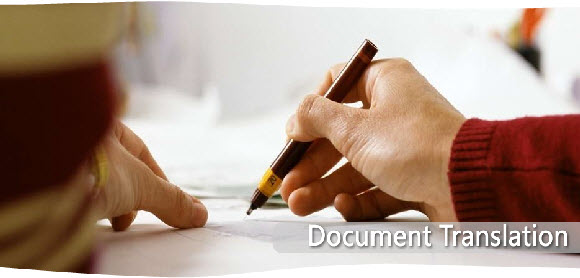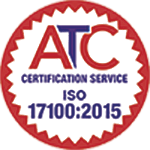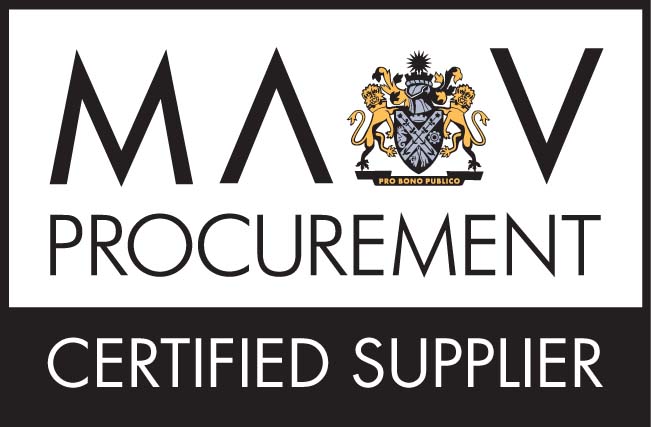Quick Quote
Archives
- November 2023
- October 2023
- September 2023
- August 2023
- July 2023
- June 2023
- May 2023
- April 2023
- March 2023
- February 2023
- January 2023
- December 2022
- November 2022
- October 2022
- September 2022
- August 2022
- July 2022
- June 2022
- May 2022
- April 2022
- March 2022
- February 2022
- January 2022
- December 2021
- November 2021
- October 2021
- September 2021
- July 2021
- June 2021
- April 2021
- March 2021
- February 2021
- December 2020
- October 2020
- August 2020
- July 2020
- June 2020
- May 2020
- April 2020
- March 2020
- February 2020
- January 2020
- November 2019
- October 2019
- September 2019
- August 2019
- July 2019
- June 2019
- May 2019
- April 2019
- March 2019
- February 2019
- January 2019
- December 2018
- November 2018
- October 2018
- September 2018
- August 2018
- July 2018
- June 2018
- May 2018
- April 2018
- March 2018
- February 2018
- January 2018
- December 2017
- November 2017
- October 2017
- September 2017
- August 2017
- July 2017
- June 2017
- May 2017
- April 2017
- March 2017
- February 2017
- January 2017
- December 2016
- November 2016
- October 2016
- September 2016
- August 2016
- July 2016
- June 2016
- May 2016
- April 2016
- March 2016
- February 2016
- January 2016
- December 2015
- November 2015
- October 2015
- September 2015
- August 2015
- July 2015
- June 2015
- May 2015
- April 2015
- March 2015
- February 2015
- January 2015
- December 2014
- November 2014
- October 2014
- August 2014
- July 2014
- June 2014
Document Translation Services
One of the most important aspects of translation is making sure that the translators have experience in the terminology of a particular document. Document types range from legal contracts to medical journals, software instructions to newsletters, business correspondence and marketing materials. The range can often be too large for any one single translation company to deal with so they may specialize in different sorts of documents. Well developed document translation services will probably also have specialist translators who will have an expertise in specific types of documents that use particular terminology. This specialist service is particularly important with such things as legal document translation when the translator must be proficient in legal terminology. This knowledge must be not only in the home language but the target language as well. Good translation companies now use a range of technology that helps speed up translation times and make them more consistent. Translation memory software and glossary services may be provided that help translate documents more efficiently. These services are more important when there is a lot of repetitive text that can be ‘remembered’ by the translation software and glossaries provided. When documents are translated, it is important that translators are aware of the cultural specificities of the community in which the target language is imbedded. This is particularly noticeable when cheap computerized translation services are used to translate documents. The potential for glaring mistakes and clumsy language is obvious. If you have ever bought an appliance which has been manufactured in another country and has an instruction manual printed in a range of languages, you may have noticed that the English (or whichever language you use) is very clumsy. It may be even confusing and potentially dangerous if the appliance could harm you. These translations have probably been done cheaply using an online translator. Many countries demand that important documents are only translated by accredited or approved document translation services. An example is the range of immigration documents required in Australia for residence and employment visas and citizenship applications. Normally, the document translations have to be certified that they have been translated by such an accredited translator. This means that the immigration department (in this example) can be sure that the translation has been done accurately, so that the information on the original document is what is required by the department.
Types of documents
Translation software
The importance of localisation
The legality of document translation
Post navigation
← Previous Next →
Related Posts

The Advantages of Hiring a Certified Translator for Legal Documents
November 7, 2023
The role of certified translators inaccurate legal document translation is to ensure that the legal..
View More
The Importance of Accuracy and Quality in Linguistic Projects
Translation Skills, Translation Tips
August 7, 2023
Maintaining linguistic accuracy Linguistic accuracy is how correct learners' use of the language system is, including..
View More
Do Translated Documents Need to be Notarized, Certified, or Both?
August 20, 2019
Often when you have an important document that needs to be translated you are asked..
View More
Translators Need Effective Terminology Management
June 7, 2017
What is terminology management? A definition of terminology management is the documenting, manipulating, storing and..
View More






Leave a Reply